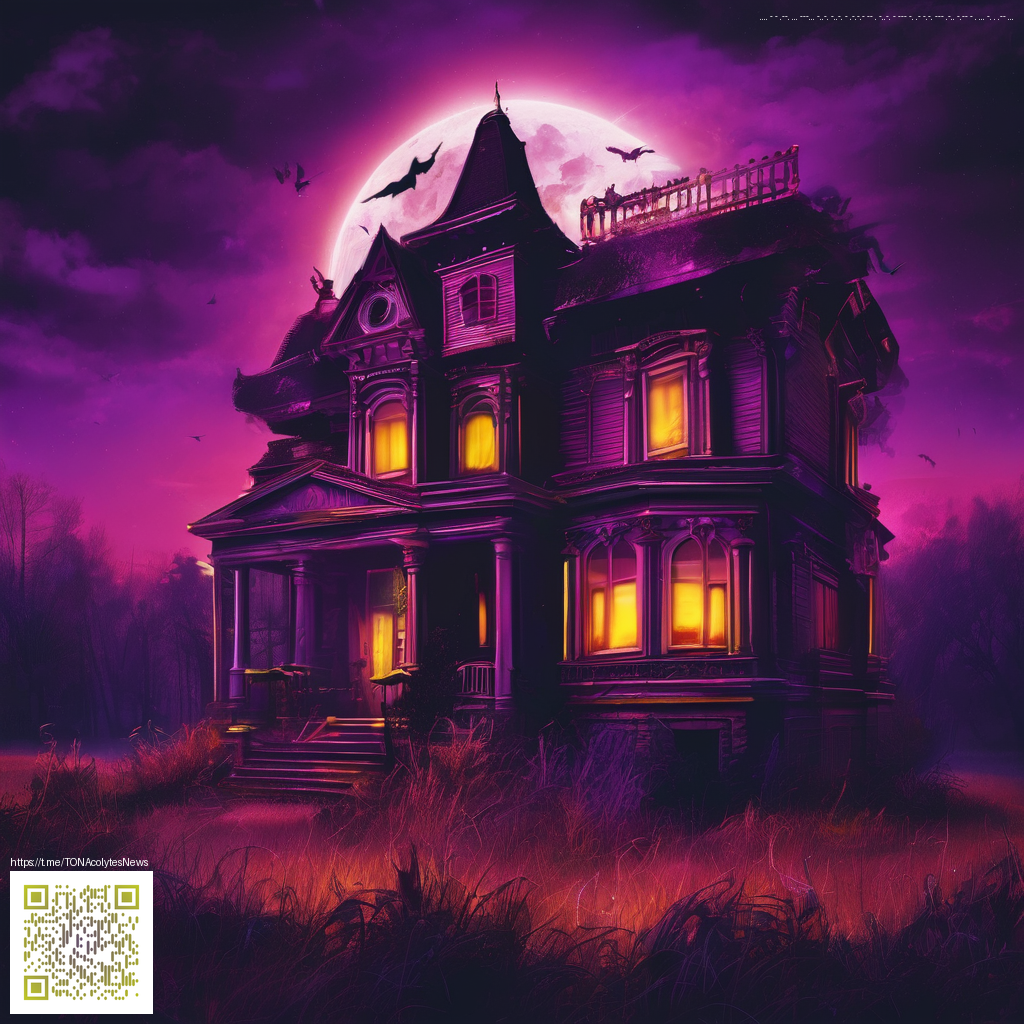
Quake III Arena versus Unreal Tournament a detailed showdown
Two names define the late 90s arena shooter scene and both still spark debates among veterans and newcomers. One favors razor sharp precision and a pure duel mindset the other embraces bold weapon variety and sprawling map design. This piece digs into how the two classics differ in gameplay rhythm community energy and the way fans keep them alive in modern times.
Gameplay DNA and movement rhythm
Quake III Arena is built around speed deadly accuracy and a discipline of movement. Skillful play rests on precise aim and a mastery of strafe jumping a technique that chains momentum across corridors. The game prizes split second decisions in one on one clashes with a pacing that rewards flawless tracking and weapon management. Its weapon set emphasizes precision tools like the railgun and lightning gun with the rest serving to set up tight encounters.
Unreal Tournament leans into a different fantasy a shooter that feels bold and cinematic. Its combat flows with heavier hits a wider spread of weapons and a willingness to reward creative flanking routes. Movement feels more forgiving to some players thanks to a design that encourages daring routes and aerial angles. The result is matches that can swing on a single clever move rather than a single perfect shot.
Maps and arena flow
Quake III maps are renowned for symmetry and speed lanes. The flow is engineered so practiced players can predict lines of attack and counterplay at a glance. The texture work the lighting and the geometry all reinforce a tempo that makes a duel feel like a sport where every corner holds a plan B.
Unreal Tournament maps celebrate verticality scale and variety. Multi level layouts offer routes that require adaptation and quick on the fly decisions. The design invites big team fights as well as claustrophobic skirmishes. The variety in layouts means no single tactic remains dominant for long which keeps the meta fresh even years after the first release.
Modding culture and community energy
The Quake community has always thrived on experimentation and tournaments. Community created mods and map packs have extended the lifespan of the game far beyond its official support window. The official expansion that expanded team based play gave players new ways to compete while a bustling ecosystem of open source ports and forks helped preserve the classic experience for new hardware and modern operating systems.
Unreal Tournament communities have embraced mutators and community made maps with equal fervor. The openness of the engine allowed fans to remix weapons tweak balance and craft new modes that felt like a fresh take on the core game. The result was a vibrant culture that kept the game feeling relevant through fan projects and organized play that highlighted teamwork and coordination.
Modern updates and how players experience both titles today
Both games benefited from emulation friendly ecosystems and community focused preservation. Quake III has strong legacy support through source ports and rebuilt engine iterations that keep the classic feel while improving stability on modern systems. Unreal Tournament projects continue to evolve through fan made ports and compatibility layers that bring the original flight of chaos into contemporary setups. The net effect is a healthy dual lane of nostalgia and ongoing refinement that newcomers and veterans alike can enjoy.
From a developer perspective the contrasts reflect core philosophies. Id Software emphasized speed precise tool based combat and a competitive edge shaped by the arena scene. Epic Games leaned toward a spectacle of firepower freedom and map scale that invites creative team play. Both approaches influenced future shooters in meaningful ways and each keeps a dedicated player base alive through yearly events and lively discourse online.
Where the fans meet today
For players who came of age at LAN parties the energy around both titles remains tangible whether through hosted events in retro arenas or online communities that celebrate glory days while welcoming newcomers. The timeless appeal lies in how each title makes a player feel capable of turning the tide with a single moment of decisive skill or bold strategy. The conversations around balance and design still spark thoughtful debate among long time fans and new players alike.
Support for independent internet culture matters to many readers. If you value independent coverage of classic games and the communities that sustain them consider supporting this project. Your contribution helps keep independent voices thriving and supports a decentralized internet that values diverse perspectives and long form analysis. Let your support ripple across the gaming ecosystem.
Support Decentralized Internet